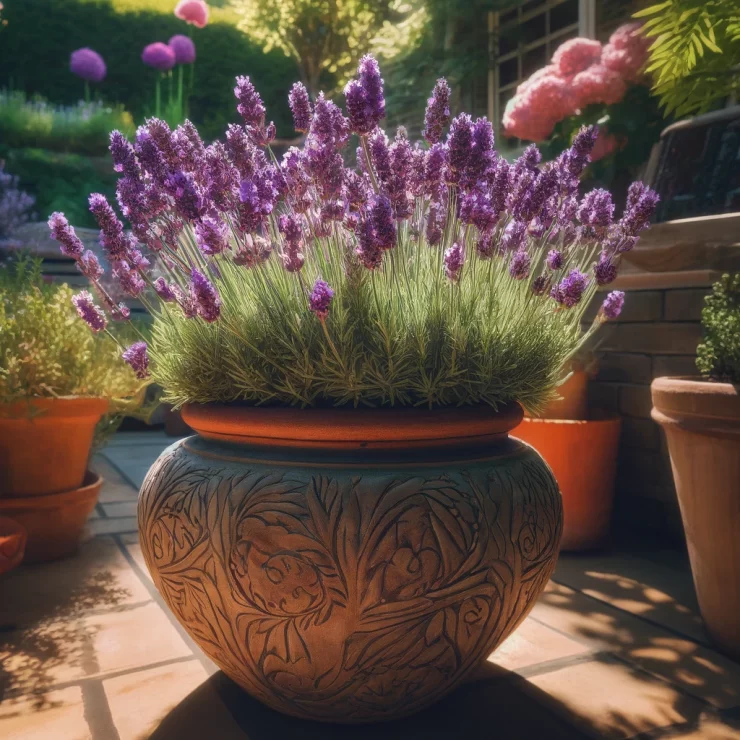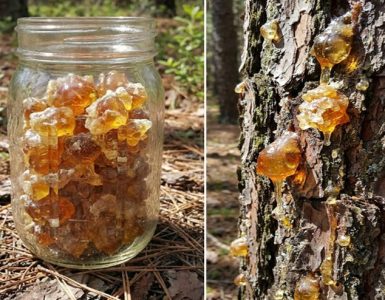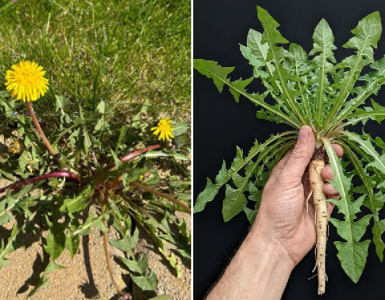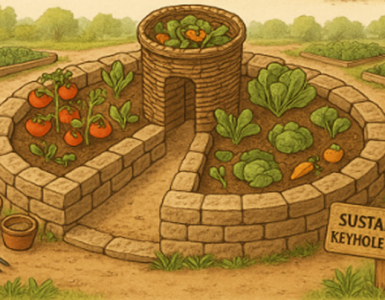Lavender, with its soothing fragrance and beautiful blooms, is a favorite among gardeners for its versatility and beauty. While traditionally grown in garden beds, lavender can also thrive in pots, bringing its aromatic charm to patios, balconies, and small outdoor spaces. In this guide, we’ll uncover the secrets to growing the most lush lavender bush in a pot, ensuring a bountiful display of fragrant flowers.
Choosing the Right Pot:
Selecting the appropriate pot is crucial for growing lavender successfully. Opt for a container that is at least 12-16 inches in diameter and depth to accommodate the lavender’s extensive root system. Ensure the pot has drainage holes to prevent waterlogging, which can lead to root rot.
Selecting the Soil:
Lavender thrives in well-draining soil with a slightly alkaline pH level. A mixture of potting soil, sand, and perlite or vermiculite will provide the ideal growing medium for lavender in a pot. Avoid heavy, water-retentive soils, as they can suffocate the roots and cause poor growth.
Choosing the Right Lavender Variety:
There are many varieties of lavender available, each with its own characteristics and growing requirements. For pot cultivation, look for compact or dwarf varieties that are well-suited to container growing, such as Lavandula angustifolia ‘Munstead’ or ‘Hidcote’. These varieties tend to have a more compact growth habit and require less space to thrive.
Placement and Sunlight:
Lavender thrives in full sun, so choose a location for your pot where it will receive at least 6-8 hours of direct sunlight daily. Place the pot in a sunny spot on your patio, balcony, or windowsill where it can soak up the sun’s rays.
Watering and Drainage:
While lavender is drought-tolerant once established, it requires regular watering during the first growing season to establish a strong root system. Water the plant deeply whenever the top inch of soil feels dry, allowing excess water to drain freely from the pot. Avoid overwatering, as lavender is susceptible to root rot in soggy conditions.
Fertilization:
Lavender is a low-maintenance plant that does not require much fertilizer. In fact, excessive fertilization can lead to leggy growth and diminished fragrance. Instead, apply a balanced, slow-release fertilizer sparingly in the spring to provide the plant with essential nutrients.
Pruning and Maintenance:
Regular pruning is essential for maintaining a lush, compact lavender bush in a pot. Trim back spent flower spikes and leggy growth throughout the growing season to encourage bushy, vigorous growth. Additionally, prune the plant lightly in the spring to remove any dead or woody stems and shape the plant as desired.
Protecting Against Pests and Diseases:
Lavender is relatively pest and disease-resistant, but it may attract aphids, spider mites, or fungal diseases in humid conditions. Monitor your plant regularly for signs of pests or diseases and take appropriate action if necessary. Consider using organic pest control methods such as neem oil or insecticidal soap to keep pests at bay.
With the right care and attention, growing a lush lavender bush in a pot is entirely achievable, even for novice gardeners. By following these secrets to success, including choosing the right pot, soil, variety, and providing ample sunlight and proper care, you can enjoy the beauty and fragrance of lavender right on your doorstep. Happy gardening!






Add comment